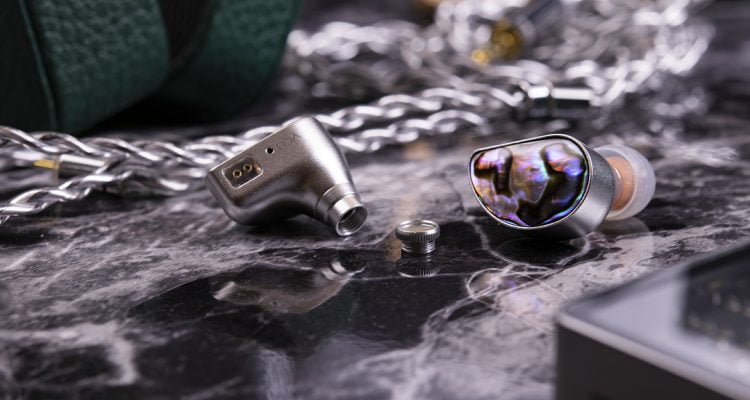
ODA Full Line-up Review: Unique Family
Today we come across a new IEM brand called One Dot Audio (ODA). Although not much info has been known about One Dot Audio yet, we know that ODA is a Chi-Fi brand as well as that they’ve been extensively doing OEM and manufacturing for other known brands. As for their debut, ODA has presented 3 IEMs as their first product line-up – Dolphin, Hesperus, and Amarantine. Each of them is priced at $199, $269, and $399. Let’s go through each one of them and put to the test how they perform and compare with other IEMs.
Table of contents:
- Introduction: Who is One Dot Audio?
- The Packaging
- Dolphin D100 Review
- Hesperus A300 Review
- Amarantine A500 Review
- Verdicts
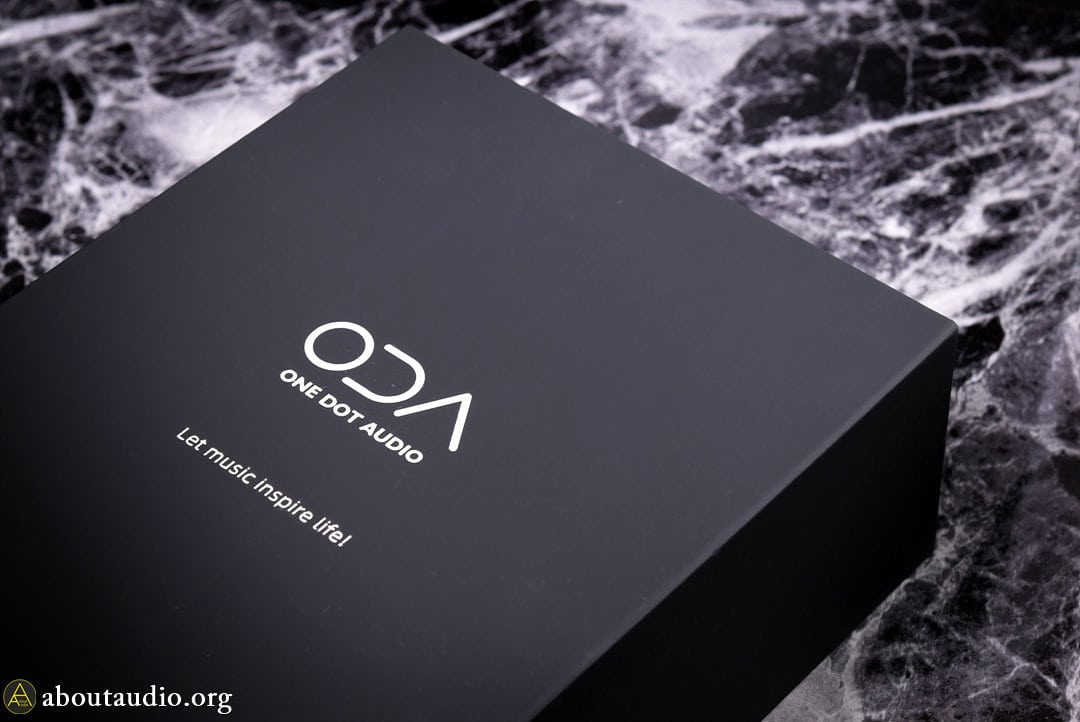
The Packaging
ODA IEMs come in casual yet neat packaging. A simplistic black packaging is engraved with a silver ODA logo on the front and product descriptions on the back. Once opened, the packaging presents the IEMs packed in foam fillers. Dolphin comes with a leather hard case, 3 pairs of silicone tips, a velcro tie, and some paperwork. Nothing particularly outstanding in variety but the packaging has the essentials for an IEM accessory. However, the carrying case has a nice quality. The green leather case feels firm and well-made, having a smooth surface in and out.

Dolphin: Clean, and Powerful Sound
Dolphin (model code D100) is ODA’s entry model sporting a single 10mm dynamic driver. It uses a metal housing made of aircraft-grade aluminum alloy with a natural pearl faceplate. It’s quite a simple-looking design yet it feels very neat too. The pearl faceplates are evenly coated with resin to offer a smooth surface.
An advantage of Dolphin is that its waterdrop-shaped housing is very compact and comfortable to wear, not having any curves or edges that would interfere with the ears. One interesting feature is that the nozzle filters can be unscrewed yet ODA hasn’t utilized this feature to allow users to tune the sound by using different filters. That would’ve been much nicer to see. Nonetheless, as if saying that tuning filters aren’t necessary if the stock tuning is already a banger, Dolphin in fact surprised me with its tuning and performance. But first, let’s check the cable before moving on to the sound.
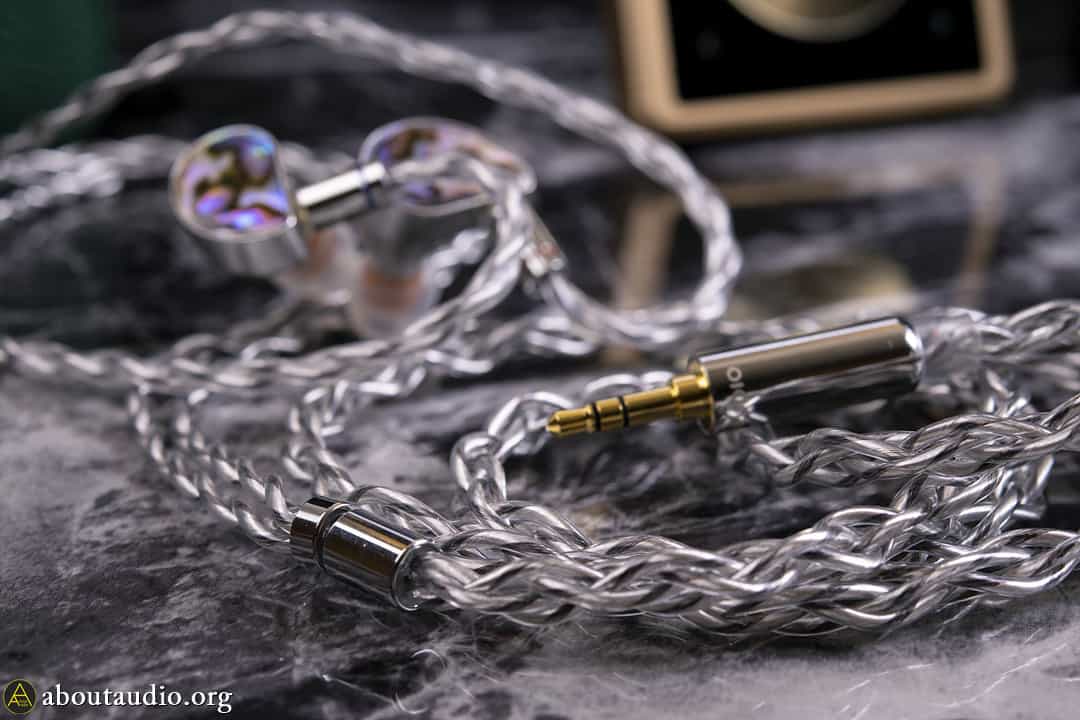
Thick High-Quality Cable
Despite Dolphin has compactly-sized earpieces, the quality of the cable is quite heavy-duty. The stock cable is comprised of 4-core silver-plated copper wires that are thickly packed with strands of SPC wires and transparent insulation. The wires are patterned in black and white which gives a touch to the designal aspect. Connectors, plugs, and splitters are all finished in metal parts that match well with the metal earpieces. The stock cable uses flat 2pin connectors that offer a flush connection with Dolphin and non-recessed 2pin IEMs, yet incompatible with those that sport recessed 2pin connectors.
The audio plug is terminated in a 3.5mm connector. Since the cable’s quality is nice, I hoped to see a modular plug or a compact adapter that would make it possible to be used as 2.5mm or 4.4mm yet no luck. If not for the modular plug, it would’ve been nicer to offer a different termination option instead of 3.5mm. Nevertheless, the stock cable feels very premium and high in quality considering the price point of the product.

How does Dolphin sound?
Dolphin has a balanced and mild w-shaped sound signature that emphasizes all three frequencies fairly evenly. Bass forms good thickness and damping that emphasizes neatness and cleanliness. Reverbs are respected but tightly controlled with textures that emphasize solidity rather than tenderness. Although Dolphin highlights accuracy for its bass, the organic damping and texture that many appreciate from dynamic drivers are still prominent, delivering a packed punch to the low ends with a fine balance of musicality and analyticity.
Mids are prominent with a mild step taken forward. Vocals have a neutral thickness that mildly adds body to the mid-range, keeping it linear but rich enough. The temperature is neutral-bright which breathes in sparkle and air to the vocals. The tonal balance is kept well to present clear and clean vocal details. Adequate dryness better reveals the texture while not getting actually dry. Vocals are also slightly creamy, adding taste and fun to listen to. Sibilance doesn’t occur, keeping the vocal consistent in tone and intensity.
Dolphin keeps the trebles fatigue-free while achieving a crisp and clear sound. Highs are mildly lesser in quantity than mids but don’t feel subdued as they prominently offer shine and details. Attack and retrieval are fast, keeping the reverbs tightly controlled. Before listening I was skeptical of the scale or the sheer “size” of the sound to be large enough since the small earpieces, yet Dolphin’s performance swept away those concerns. The staging, bass, and vocals are quite full and large considering the earpiece size.

Compared to IKKO Obsidian OH10 (Review link)
Dolphin has a richer and thicker density on the vocals. The overall sound is also more moist and smoother in texture, overall offering superior resolution. The vocals are also creamier on Dolphin. OH10 has slightly clearer bass yet Dolphin brings out slightly better thickness and depth in bass. The staging is similar in overall size yet OH10 keeps the sound slightly more open-ended. Meanwhile, Dolphin achieves significantly better depth and refined background. The overall sound is clearer with a much quieter background. Dolphin also achieves a bit better performance on trebles. In essence, Dolphin surpasses OH10 in most areas.
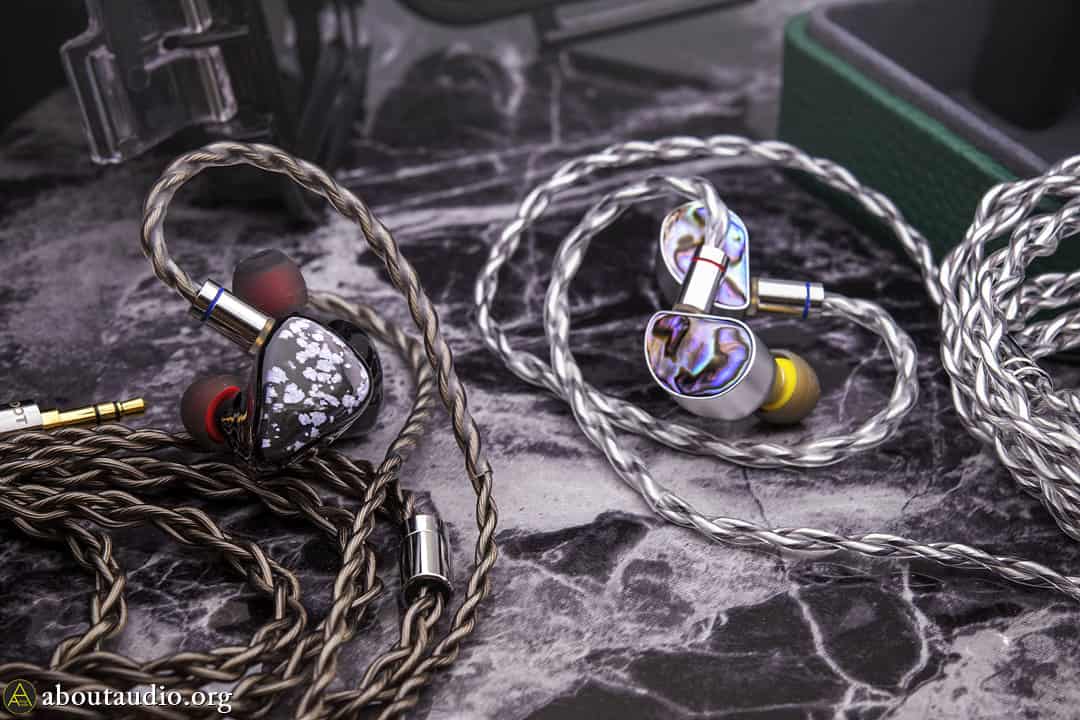
Compared to ODA Hesperus (Review link)
Although Dolphin is priced a bit lower than its older brother Hesperus, choosing between these two is pretty much up to personal taste. Hesperus has a warmer and darker sound that focuses on viscous dynamics and density. We could say that Hesperus has an old-school sound but with up-to-date performance and charms. Meanwhile, Dolphin has a sound that is brighter, crispier, and airier, hence offering a more modern sound that sits right on the neutral point when considering if the sound is musical or analytical.
Hesperus has a bit more sub-bass quantity yet Dolphin’s bass is tighter and more liner while achieving good thickness, so if you want less bass reverbs Dolphin will serve you better. Also, since Dolphin has brighter and airier upper-ends, that would be another strong point that Dolphin has beyond Hesperus. However, Hesperus shows a strong advantage in performance with its thick bass dynamics, vocal depth, and soul-ringing timbre. This is why choosing between these two will be fully up to your preference. For more details, check out the upcoming part where we review the Hesperus.
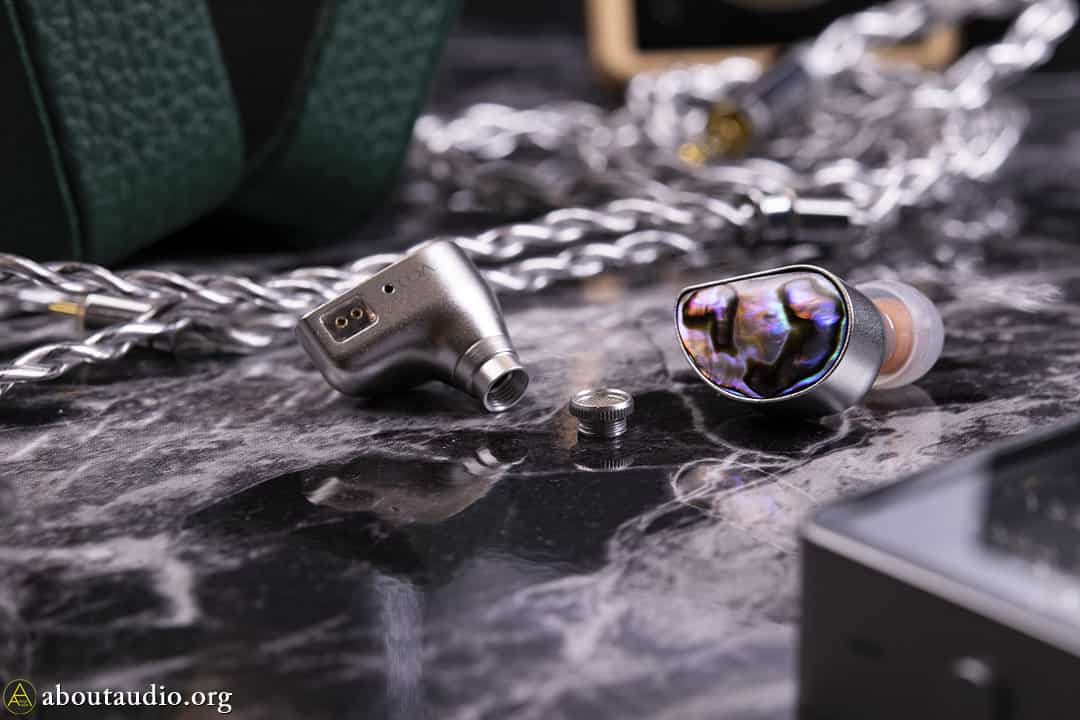
Verdicts for Dolphin
A properly tuned single dynamic driver is almost always pleasing to listen to – regardless of the price and product position. Dolphin is a powerful and well-made budget IEM that I would put on the recommendation list for those looking for a sub $200 IEM. An all-rounder w-shaped and dynamic tuning that would please most users’ taste, the extremely comfortable shell design, and the custom-grade cable overall speak high quality for Dolphin as a whole. On top of that, Dolphin pleasantly highlights all frequency ranges with both analytical and musical traits, making it the most competitive IEM among the ODA family.


